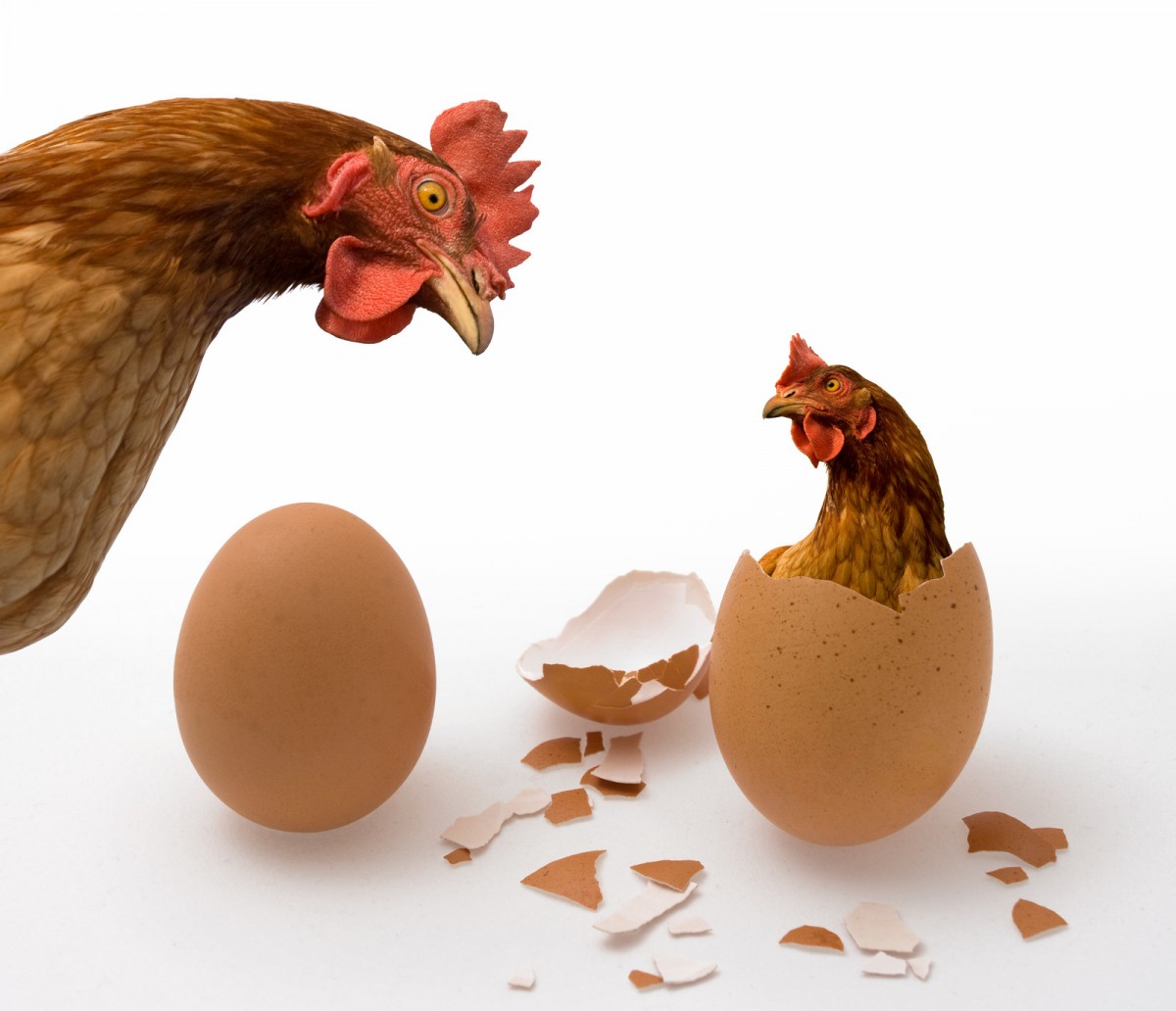
15 September 2014
Every writing guide differs from others, depending upon the needs of the fields it serves. One of the ways that Evidence Style differs from other popular styles centers upon the handling of "borrowed" sources—at least the legally “borrowed” ones.
The 16th edition of Chicago Manual of Style, for example, tackles this subject at §14.273 under the heading “Citations Taken from Secondary Sources”:1
“To cite a source from a secondary source2 ('quoted in …') is generally to be discouraged, since authors are expected to have examined the works they cite. If an original2 source is unavailable, however, both the original and the secondary source must be listed.” Example:
1. Louis Zukofsky,”Sincerity and Objectification,” Poetry 37 (February 1931): 269, quoted in Bonnie Costello, Marianne Moore: Imaginary Possessions (Cambridge, MA: Harvard University Press, 1981), 78.
Note, that Chicago Style calls for first citing the book we have not seen—using the citation that appears in the book we actually used. Then, secondarily, we cite what we did use.
Others—including EE—contend that historical researchers need more precision, for their own sake as well as that of their readers. Specifically:the source emphasized in our citation should be what we actually used. In practice, this principle means
-
If we use a work by Author One, then we cite Author One.
-
If we use a work by Author Two, who tells us that Author One said thus-and-such, then we cite Author Two and add a second layer to the citation, stating that Author Two credits the assertion to Author One and cites ["whatever"]. The "whatever" we use here should be Author Two's citation—complete or not. Our efforts to "clean up" a deficient citation could result in misleading our reader in cases where an author has multiple works of similar title or where the cited work exists in multiple editions.
-
Not until we actually consult Author One, should we cite Author One directly.
Evidence Style citations follow this principle for one major reason: Many so-called quotes we find in printed works are not accurate, and some seriously err. Too many assertions we find in derivative sources, telling us that So-and-So's study found thus-and-such, do not accurately report what Author One had to say. The more rigorous we are about checking authored works against the material they cite, the more aware we become of the risks inherent in trusting those derivatives. By citing exactly what we use, while also noting any source to which our source attributes its information, we avoid misleading our own readers (or ourselves at a later date) into thinking that we actually consulted the source that is being quoted. We also avoid taking the blame for any erroneous interpretations, misquoted matter, or flawed citations made by the source we actually used.
On the larger issue—the expectation that researchers and writers will diligently search for originals rather than trusting derivatives—we couldn’t agree more.
1. Chicago Manual of Style, 16th ed. (Chicago: University of Chicago Press, 2010), 764.
2. CMOS's references here to "secondary source" and "original source" strays a bit from the usual definitions. Among research fields that still use the term "secondary source," that term would be applied to both publications CMOS uses in its example. As used in the CMOS passage extracted above, the term "original source" is a reference to the first author and "secondary source" is a reference to the second author who quoted the first.
PHOTO CREDITS: "Chicken or Egg," CanStockPhoto (http://www.canstockphoto.com/chicken-or-egg-3115886.html : downloaded 9 September 2014), contributed by Vladimirs; used under license.